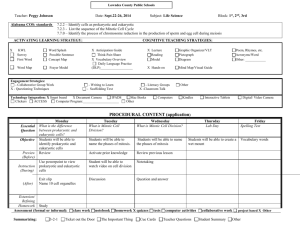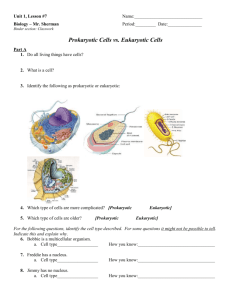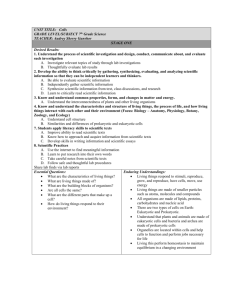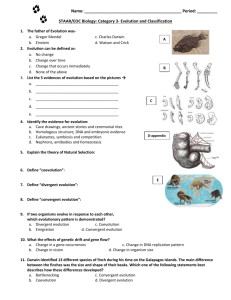Prokaryotic and Eukaryotic Cells
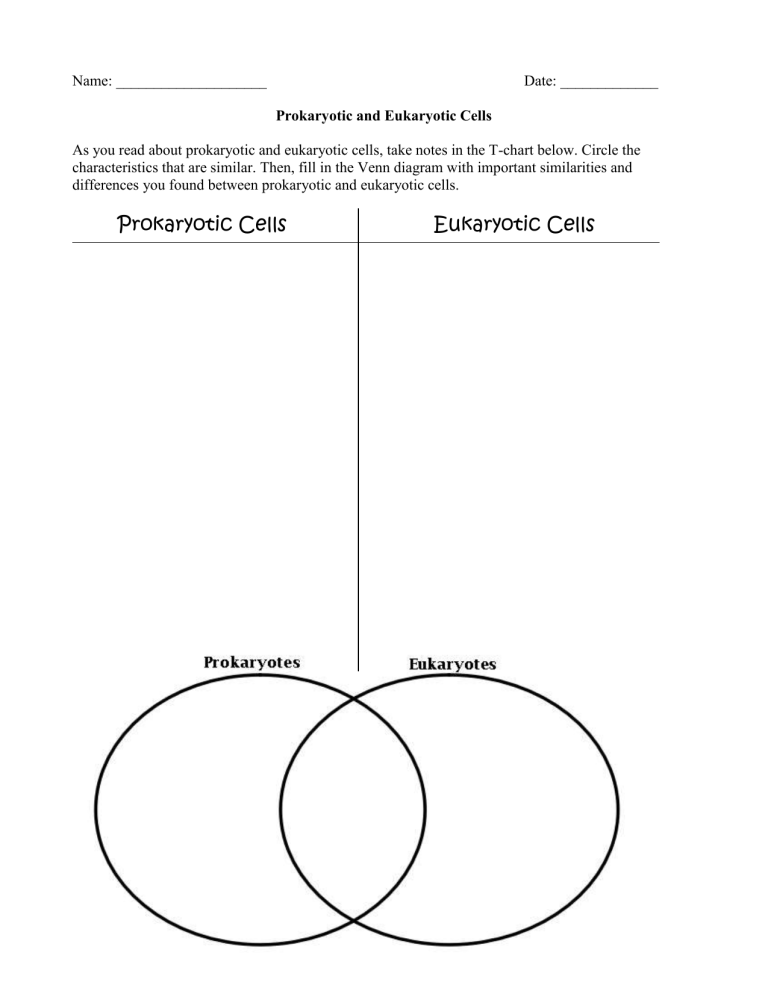
Name: ____________________ Date: _____________
Prokaryotic and Eukaryotic Cells
As you read about prokaryotic and eukaryotic cells, take notes in the T-chart below. Circle the characteristics that are similar. Then, fill in the Venn diagram with important similarities and differences you found between prokaryotic and eukaryotic cells.
Prokaryotic Cells Eukaryotic Cells
Prokaryotic and Eukaryotic Cells
All living things are made of cells. Living organisms can be unicellular (one cell) or multicellular (more than one cell). Cells are small because they must be able to exchange materials with their surroundings. This is why large organisms are made up of many cells instead of one large cell.
Until the late 1500s no one knew cells even existed. After the microscope was invented in
1590, people were able to discover and learn about cells. Robert Hooke, Anton van Leeuwenhoek,
Matthias Schleiden, and Theodor Schwann were a few of the scientists that made important observations about cells. Their observations, along with observations of other scientists, led to the development of the cell theory. The cell theory is true for all living things, no matter how big or small, or how simple or complex. Cell theory has three basic parts:
All living things are composed of one or more cells.
Cells are the basic unit of structure and function in organisms.
All cells come from other cells.
All cells can be classified as either prokaryotic or eukaryotic. Bacteria have prokaryotic cells.
Animals, plants, fungi, and protists all have eukaryotic cells. A picture comparing the two basic types of cells is shown below.
As you can see from the picture, prokaryotic cells are generally much smaller and simpler than eukaryotic cells. On average, prokaryotic cells have a diameter between 0.0002 mm and 0.002 mm.
Eukaryotic cells generally have a diameter between 0.01 mm and 0.1 mm.
Although both types of cells have DNA, how it is stored in the cell is different. In eukaryotic cells, the DNA is enclosed inside a nucleus. Prokaryotes do not have a nucleus, so the DNA is just loose inside the cell.
According to cell theory, all cells come from other cells so both prokaryotic and eukaryotic cells must divide. Prokaryotic cells divide through a process called binary fission in which the cell basically splits in half. Division in eukaryotic cells involves more steps and is called mitosis.
Prokaryotes (organisms made of prokaryotic cells) and eukaryotes (organisms made of eukaryotic cells) both come in a wide variety of forms. However, most prokaryotes are unicellular while eukaryotes can be either unicellular or multicellular.

